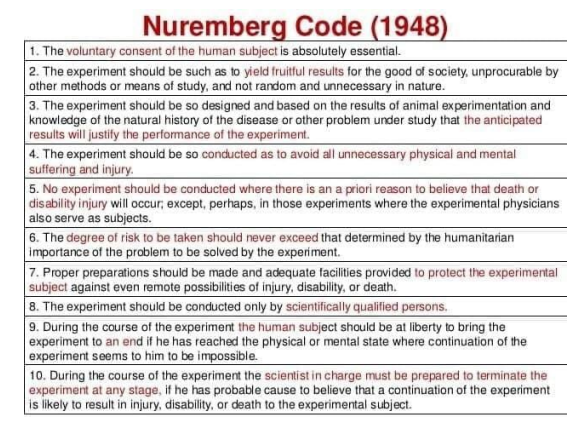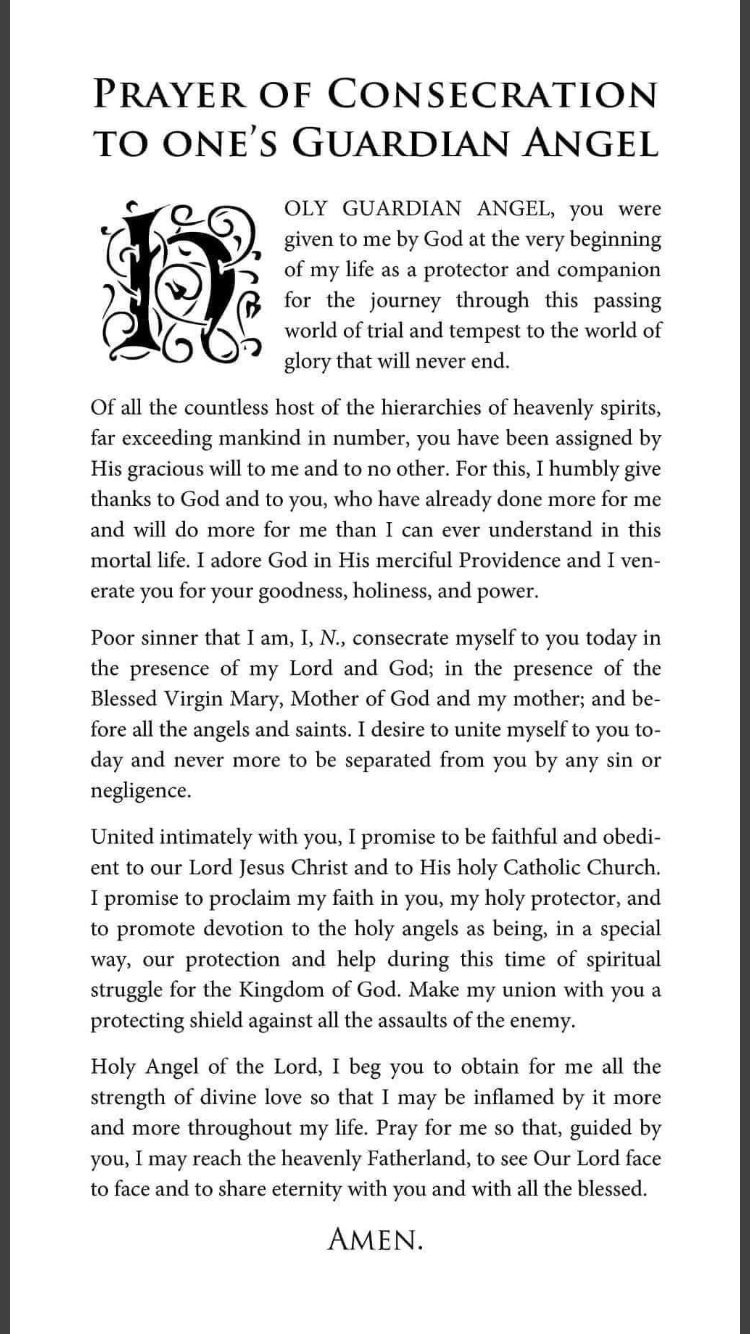This video was recorded on 31 August 2021, the day after the announcement of the “visitation” to the Philadelphia, Fairfield, and Valparaiso Carmelite OCDs. This is an anti-suicide note from Father Maximilian Mary Dean, released at this time in case he is murdered. Yeah, for real. Many thanks to Andrew Dunn for the following timestamps -DMD
EXCLUSIVE: ‘I am not suicidal’: Hermit Priest of Fairfield details Vatican attack on nuns
Aired October 4th, 2021 on the John-Henry Westen Channel on YouTubeFr. Maximilian Mary Dean, chaplain in Fairfield for the Carmelites is interviewed by LifeSiteNews’ Jim Hale.
Introduction:3:10 – Fr. announces his intention to never commit suicide. If he “dies” this is documentation stating that he is not suicidal.6:30 – We have a virus in the Church right now that’s much worse than COVID-19. It’s attacking the heart of the Church… it is Modernism… There are people in the Church who have directed this disease to cloistered women.9:00 – The Latin Mass is just the tip of the iceberg. Using the example of what the Franciscan Friars of the Immaculate went through, it wasn’t just the Latin Mass that was suppressed, their constitutions were re-written.
Warning of Abuses to Discalced Carmelites in 2017:10:45 – The Fr. General of the Discalced Carmelites called a mandatory meeting for the U.S. nuns in St. Louis in 2017. Representatives from all monasteries had to go, including Valparaiso and Fairfield. Under obedience they had to go and stay in hotels instead of monasteries which was disrespectful and bizarre. At the meeting the Fr. General was telling the nuns that the “times had changed and they need to adapt to the times… you can’t live like you’ve lived before.” 14:30 – Fr. General continues telling the nuns they had to get rid of the gates, the turn, the grill, the teaching. They have to “get with the times.” Nuns at this meeting were in tears after being told they couldn’t live within their carism.
Clarification on What Really Happened in Philadelphia:15:30 – That same year, before Cor Orans, Archbishop Chaput (former Archbishop of Philadelphia), reached out to Valparaiso and Fairfield and begged them to re-found the dying Carmelite Monastery in Philadelphia. With great sacrifice, Valparaiso sent six and Elysburg/Fairfield sent three of their best young nuns to Philadelphia. One nun said “Jesus needs to be loved there (Philadelphia)” and that’s why they went. 17:00 – The new (traditional) sisters were welcomed by the two elderly sisters in Philadelphia. When they got there, they found themselves being obstructed and interfered with, especially after Cor Orans. It turned out that monastery already belonged to an association of monasteries and they (they traditional sisters) didn’t plan to continue on with the association but the Archdiocese, Fr. General, the Association, the Vatican, etc. were forcing the nuns to be a part of the association. The association was trying to force the nuns to adopt the “spirit of Cor Orans”. Everywhere they turned, they found themselves blocked and a letter was circulated that an Apostolic Visitation was being scheduled for Philadelphia. The Prioress was being antagonized so the Mothers in Valparaiso realized that they could either watch their daughters in Philadelphia get destroyed or be united with them and do what any mother would do, not let their daughters be violated. A letter was therefore sent by the bishop of Lincoln NE (Bishop Connely) calling the nuns back to Valparaiso from Philadelphia. On April 9, a van showed up at the monastery. The nuns had to leave because they were not being permitted to live the life they had came to Philadelphia to live.21:00 – What’s being played out now in Fairfield and Valparaiso are the consequences of the departure from Philadelphia.
What Happens During Visitations and Some Examples of the Aftermath:22:10 – The visitations of today are not about dialog. The visitations today mean the Vatican has decided “you have a problem” and the the next steps are to assign a new superior (Apostolic Commission) from outside the order, or the community who is the new superior of the community.23:00 – Shifting to an example of The Poor Clares of Hanceville, AL: Mother Angelica had stepped down and a sub-prioress was in charge. They were booming with vocations at the time with additional locations in Phoenix and San Antonio. This was “a problem” so they had a Apostolic Visitation. The problem was presented to the Congregation for Religious Vocation by members of the community. The Congregation relishes that because it means there is division within that they can seize upon. The visitation was scheduled and the visitators met privately with the nuns. The nuns were instructed they had to respond, respond honestly, and were not allowed to talk about the interview to members of the community. This can be toxic in the wrong hands because you’re taking all this information in and you can use this information to your agenda and no one is allowed to talk among themselves. 26:00 – Continuing on with Hanceville: Fr. describes visiting a priest in Phoenix where he was looking for a place to offer the Latin Mass for contemplative nuns while deciding where to ultimately go. It was suggested he stop by the Poor Clares to talk with the Prioriess to see if one of the three monasteries might want a “free chaplain” to offer the Mass. At the turn, the Prioriess wasn’t available so he went into the chapel to pray. An elderly nun came in who did not have a Poor Clare habit on (this was the commissioner). She waved him over and he went to talk to her where he pitched his idea of one of the three monasteries set up for the Latin Mass and letting the sisters who prefer the Latin Mass go there. The nun responded, “Oh no, we sent all those women home. They were fine women but none of them had a vocation.” He goes on to define a commissioner as a post-visitation, new superior to “fix the problem.” In the case of Hanceville, the prioress, sub-prioress and all the “fine women” were sent packing.31:30 – Hanceville went from 45-50 nuns before 2010, when he visited in 2013, they were down to 13. There aren’t any vocations allowed after so one location had to be closed.33:20 – There are two ways an Apostolic Visitation can happen. One way is the visitator comes and visits each member of the community. But with the Franciscan Friars of the Immaculate it started with a questionnaire that was sent. The questionnaire forbid them to inform anyone in the community. It was based on the complaints of 5 out of 400 friars so the Congregation felt there was a problem because of these five complaints. Fr. was naive at the time, not knowing about Hanceville so he thought Mother Church was coming to help the community. But, they didn’t come to help and dialog. They came to confirm there was a problem. They announced an apostolic commissioner: one morning they woke up to a decree that their superiors were no more and now they had new ones who would appoint formation directors and the general counsel. No explanation. No dialog. 36:40 – Continuing on with the Franciscan Friars, the next day, the first thing they were told was that the Latin Mass was forbidden unless special permission was given from the new commissioner. Going on to describe what the nuns now could potentially face: It was obvious from the outcome that the problem with the Franciscan Friars was their seminary. 60 young men from all over the world which took 40 years to get to that point. One day in November, all the seminarians were in class and a priest showed up at the door with a document that he, right now, was the rector of the seminary and the former rector was now gone. The seminarians were treated like criminals. They weren’t allowed to call their families; all letters they wrote were opened and reviewed. As a result, the order lost over 80% of the seminarians. 40:34 – Describes how he has told the Mother at Fairfield that if they come for an Apostolic Visitation, they’re not coming for a dialog, they’re come to isolate the sisters and get just the information they need to be on paper (i.e. why they are not interested in Cor Orans). The commissioning works in that one day, someone shows up at the turn from another monastery that they are now in charge of the monastery and you, the (current) prioress are now re-assigned to another monastery.41:00 – Jim Hale asks where are the bishops in all of this? Fr. explains that the major superior of the nuns are the Fr. General of the Discalced Carmelite Order who reports into the Congregation for Religious. Therefore the Vatican Congregation of the Religion trumps any bishop.
Spies Sent to Fairfield and Fr. Maximilian is Targeted:43:50 – A reliable and accurate source to the nuns informed them of the visitators. The priest, a European named Fr. Raphael was the official visitor. In addition, there were two nuns from two monasteries that are co-visitors that are part of the association that Philadelphia’s monastery was a part of. Our sisters heard from this source that these visitors were planning to also send spies. And they did indeed show up. Two young ladies who looked friendly with New York license plates showed up and were taking photos of the security gate and the caretaker’s home. One of the caretakers approached the two ladies and asked what they were doing and they immediately got in their car and drove off. Also, the co-visitor are planning to disrupt the benefactors of Fairfield. They want to dissuade the benefactors from giving financial contributions to the nuns. 47:30 – Fr. announces that part of the visitors’ mission is to stop him personally from offering the Sacraments to the nuns and there’s only two ways that could happen – death or suppression by his bishop. Fr. goes on to describe how Fr. Joseph Moreno, a Buffalo whistle-blower who was handing over a dossier of pedophilia and homosexual activity in the Buffalo diocese “suicided” himself the night before he was to hand the dossier over to the FBI. Fr. Moreno’s suicide, implied to be some type of trauma to the back of the head, happened despite him having a deformed hand. It was easy to figure out that he was murdered in cold blood. This is in the Church. This is the homosexual lavender mafia. That’s what we’re dealing with.
When Good Priests and Bishops Try to Help Targets of the Visitations:50:30 – Going back to the Franciscan Friars of the Immaculate, showing the power these commissioners have, Fr. Volpi (perhaps mis-spelled) was seen at the Italian Conf. of Bishops walking around to the various bishops, telling them not to help the Franciscan Friars of the Immaculate who were leaving. One bishop willing to help was Bishop Olivieri who had three friaries who had the Latin Mass. The commissioner removed all three friars from those monasteries and Bishop Olivieri was willing to incardinate some of the Franciscan Friars in his diocese who wanted to leave. Within a year, he was removed as bishop.52:15 – In the Philippines, a bishop chose to sponsor a group of 30 former Franciscan Friar seminarians and ordained two of them. He found out one morning on the internet that he was “retired” at the age of 72 – three years before the official age.53:45 – There was a traditional priestly fraternity in Italy (Fagmilia Christi) and they had two monasteries. They got a call from one of the commissioners that they could not let the now homeless Franscian Friars stay in their communities. Fagmilia Christi responded that they were not part of their community anymore and they could let anyone stay there whom they chose. In 2018, they in turn had an Apostolic Visitation. In 2019, they were de-commissioned and in 2020 they were suppressed. Fagmilia Christi no longer exists.
Archbishop Perez of Philadelphia’s Thoughts on Cloistered Carmelites:56:24 – Speaking about the current Archbishop of Philadelphia (Nelson Perez): We know at the USCCB conference, he was telling other bishops that the nuns of Valparaiso and Fairfield are a “cult”.
How the Carmelites of Fairfield and Valparaiso are Responding:58:20 – All of the Fairfield sisters are united. None of them want to leave. They would rather live their life and suffer the consequences than let these people with an agenda come in with a wrecking ball.58:35 – The decree from Archbishop Carballo of the Congregation for Religious, announcing the Apostolic Visitation, was basically begging the Mothers to cooperate so they could “reach the desired outcome.” 59:40 – The Monastery in Valparaiso have decided not to welcome the visitation. They’re closing all their Masses and the chapel to the public and will live their life and suffer the consequences. Fr. speculates that when they don’t go along with the visitation, they’ll be assigned a commissioner and they won’t allow the commissioner in. They will trust in God and live their lives and if they have to do that in private vows outside the order, they will not compromise their life. These nuns will not finch.
In Closing:1:01:40 – There are over 50 monasteries not on the radar right now who support Discalced Carmelites. These nuns (Fairfield and Valparaiso) are the tip of the iceberg. They want to destroy the whole iceberg.






